Tiling Layouts and the Effect They Have on a Room
Tiling Layouts and the Effect They Have on a Room
So, you’ve chosen your tiles, now to install them for maximum effect. Considerations that need to be made before you even begin the process of installation include cutting, specific layout requirements, the overall presentation and deciding on a desired aesthetic. But what do any of those processes look like, and how should you go about achieving them?
Treat each material differently
One of the most popular flooring materials currently in use is wood-look tiles. The use of natural wood adds a degree of warmth and character to any space, making it more inviting. But it’s important to play to the strengths of the material. A common mistake made is the placement of wood-look tiles by shade – tiles with similar shades set next to one another. Instead, try installing wood-look tiles with different shades at random, and off-setting the tiles by no more than 30% to mimic nature’s predisposition for random occurrence, ensuring a much more natural look.
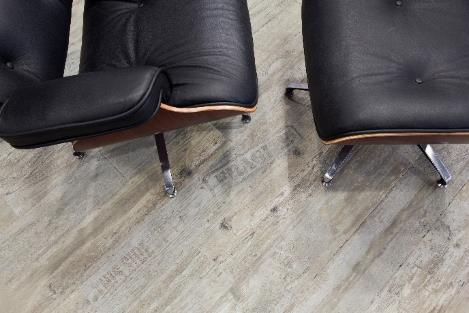
Concrete-look tiles, on the other hand, can be used in much the same way concrete is – to create either rustic or modern, contemporary spaces – for a fraction of the price, or alternatively, to provide a glossy take on polished concrete. To achieve that look, you’ll want to use a complementary grout colour to create a seamless look, ideal for an industrial aesthetic.
Consider using tiles that offer small variations in shade and hue, breaking up the space to some degree. This can prevent the space from feeling too cold.
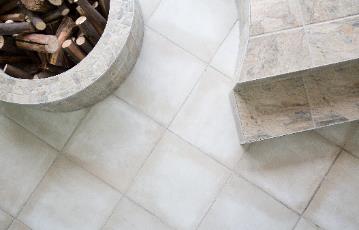
Remember to allow for cutting and breaks
A simple diamond layout will require around 20% more tile than otherwise would have been required to cover the square meterage. To prevent the over- or under-purchasing of tiles, a waste of time and money, we recommend asking an expert to weigh in on how many additional tiles a project might need, based on best practices and the layout pattern chosen.
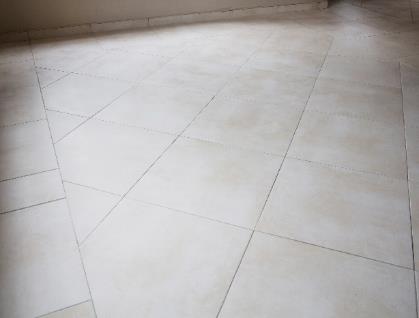
Current tiling trends
A popular tiling trend is the use of different shaped tiles, not just because they’re appealing to the eye, but all that’s required to change a pattern is to change the colour of a handful of tiles. Try not to overwhelm the space with too many conflicting patterns, often resulting in a space that’s a little too busy. Instead, try to keep your design to a few patterns at most. The effect is still a powerful one, but not one that will detract from the eye. It’s a trend that’s destined to grow as new shapes are introduced – triangle and rhomboid, for example.
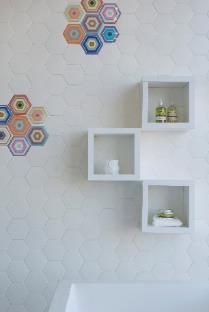
Another big walling trend of the moment is mosaic. Often considered the domain of artisans, mosaics are understandably a little intimidating. Fortunately, ready-made mosaics are common place these days, to which our only advice would be to consult an expert on correctly installing mosaics to walls and floors.
The alternative is to use small sections of various colours, hues or materials, rather than a full installation. With little effort, the use of these sections or full mosaic sheets between other tiles can really accentuate a space. It’s this technique as well as the use of colour that will dominate future tiling trends.
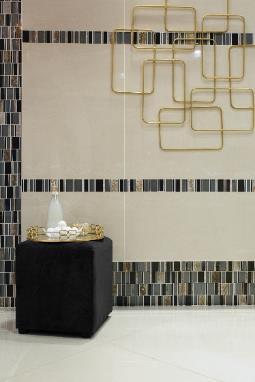
Do you have what you need?
Now that you’ve got a better understanding of some of the most popular layouts used in the industry, you’re almost ready to go. Before you do, it’s important you use the right materials and equipment, to ensure the best results the first time around. Different types of tiles, as well as where they’re being installed, will dictate which adhesive system is required – each fulfilling a specific function.
Should you need DIY advice, or assistance with substrate preparation, screeding, tiling installation or waterproofing, we’ve put together a comprehensive selection of guides you might be interested in. Check out any one of our tiling-made-easy guides.
Want more information? Contact our technical advisors for immediate assistance.
[Back]
blog comments powered by Disqus

